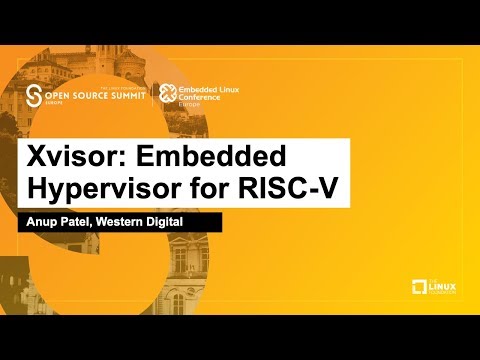Description:
Explore the world of Xvisor, an open-source type-1 monolithic hypervisor designed for embedded systems, in this 37-minute conference talk by Anup Patel from Western Digital. Delve into the RISC-V hypervisor extensions, Xvisor RISC-V internals, and the benefits of using Xvisor on RISC-V architecture, including memory footprint and overheads. Learn about the project's 8-year history, its mature and stable code base, and its support for ARM, RISC-V, and x86_64 architectures. Discover how Xvisor became the first open-source hypervisor successfully ported to RISC-V. Gain insights into key aspects such as VCPU context, host interrupts, context switching, guest MMIO emulation, RAM handling, SBI interface, device tree-based configuration, and zero-copy inter-guest transfer. Understand why Xvisor is ideal for embedded systems and explore its current state in the RISC-V ecosystem.

Xvisor: Embedded Hypervisor for RISC-V
Add to list
#Computer Science
#Computer Architecture
#RISC-V
#Engineering
#Electrical Engineering
#Embedded Systems
#Information Technology
#Virtualization
#Operating Systems
#Memory Management